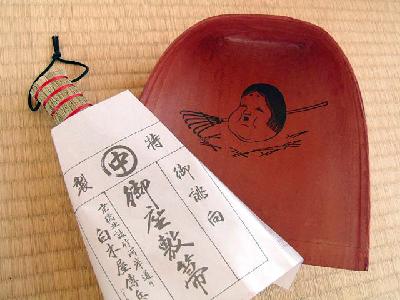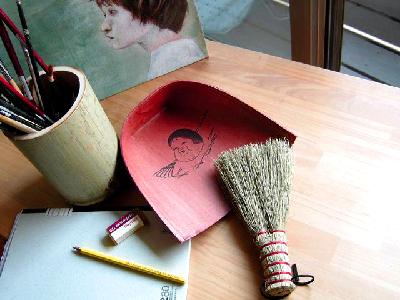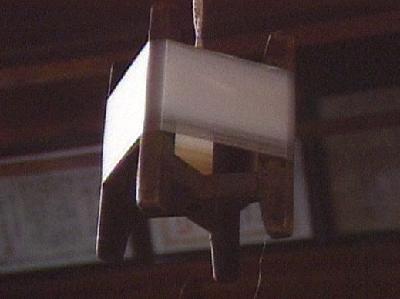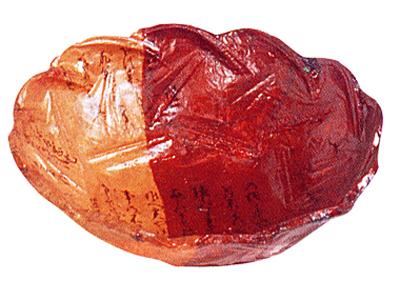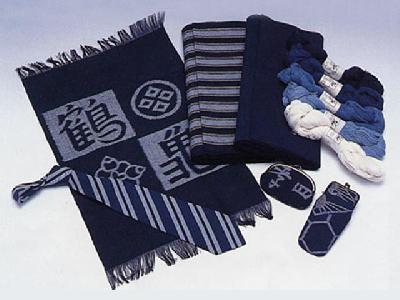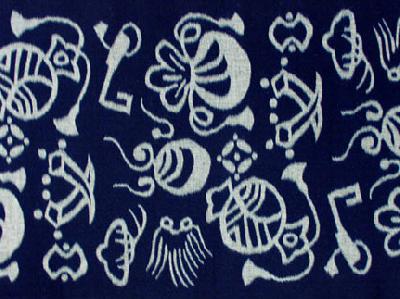|
When most rooms in Japanese houses had tatami floors, an easy daily cleanup was done with broom and dustpan. Sweeping removed dust quickly and was a simple activity that kept everyday life clean.
Such scenes are seen less and less often these days, but is this a good thing, even though our lifestyles are getting more diverse? Just to clean up a small space, we have to pull out a vacuum cleaner, use it for a short period, then put it back.
Bearing this in mind, why don't you keep a broom and 'harimi' (paper dustpan) in your room? A harimi is made from Japanese paper coated with persimmon tannin, and the size is about 20cm. The color of a harimi is appropriate and it will fit in with any kind of room. The size is quite small and it does not appear jarring.
Daily tools like a harimi look wonderful, even when left lying around in a room. Moreover, a harimi is very useful when used with a small broom for little spaces such as desktops and shelves.
Such scenes are seen less and less often these days, but is this a good thing, even though our lifestyles are getting more diverse? Just to clean up a small space, we have to pull out a vacuum cleaner, use it for a short period, then put it back.
Bearing this in mind, why don't you keep a broom and 'harimi' (paper dustpan) in your room? A harimi is made from Japanese paper coated with persimmon tannin, and the size is about 20cm. The color of a harimi is appropriate and it will fit in with any kind of room. The size is quite small and it does not appear jarring.
Daily tools like a harimi look wonderful, even when left lying around in a room. Moreover, a harimi is very useful when used with a small broom for little spaces such as desktops and shelves.
| [+ADDRESS] | 
|


